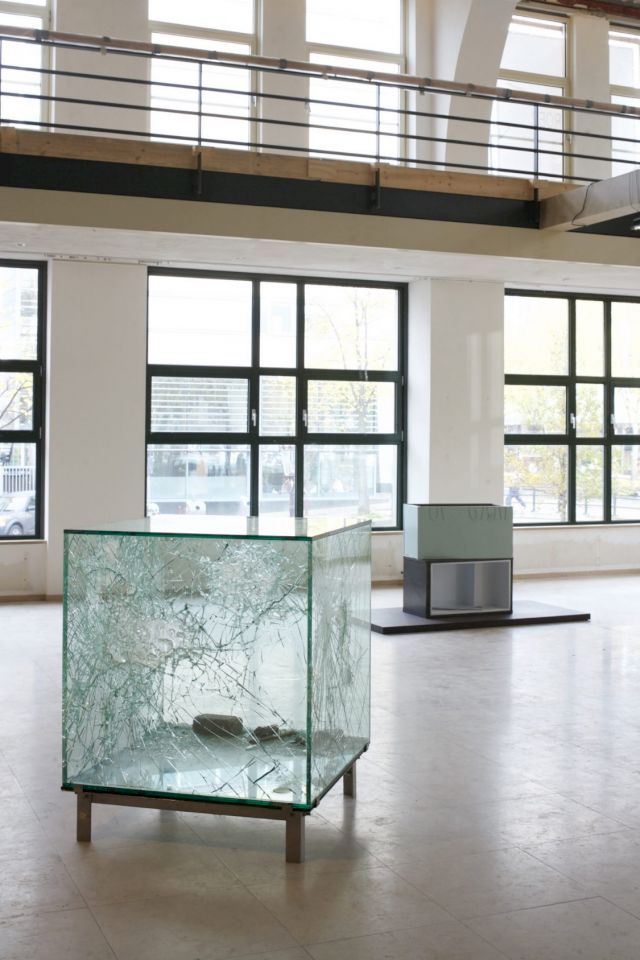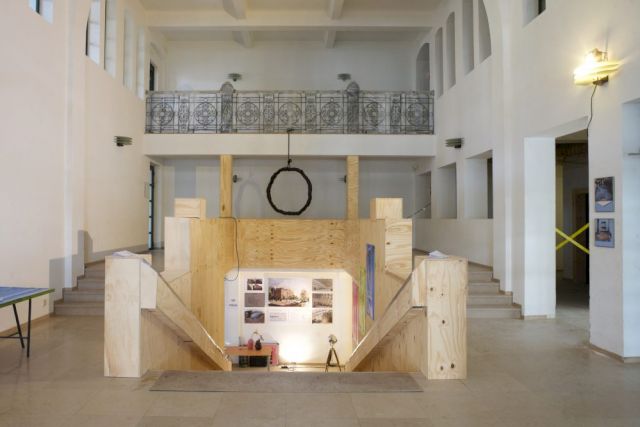Independent Collectors
Steven van Teeseling
Interview with the initiator of “Collectors View”

Showcasing work from six independent Dutch private collections that support contemporary artists and new directions in visual art, “Collectors View” is putting normally private spaces in the public view exclusively during the Amsterdam Art Weekend 2016.
The participating collections include Plancius Art Collection, The Finest Amsterdam Contemporary Art Collection Ever…, Art Collection Versteeg-Schotte, Sgabello Collection, Collection #04|07M59 and Capital C Art Collection, with many of them opening the doors to the public for the very first time. To mark the opening of “Collectors View” and Amsterdam Art Weekend we speak with Steven van Teeseling, initiator of “Collectors View” and co-owner of Plancius Art Collection about the exhibition and why now is the right time to make the change from private to public.
IC
What is “Collectors View”?
Steven van Teeseling
“Collectors View” showcases six independent Dutch private collections during the Amsterdam Art Weekend 2016. The participating collections are Plancius Art Collection, The Finest Amsterdam Contemporary Art Collection Ever…, Art Collection Versteeg-Schotte, Sgabello Collection, Collection #04|07M59 and Capital C Art Collection. It is a pop-up exhibition in an empty former diamond exchange building, and will show some 50 works of 35 artists, amongst others Roger Hiorns, Folkert de Jong, Klaas Kloosterboer, Job Koelewijn, Marijn van Kreij, Gabriel Lester, Alexandra Leykauf, Noor Nuyten, Florian & Michael Quistrebert and Sarah van Sonsbeeck. The show is an initiative of Pierre Karsten and myself, the co-owners of Plancius Art Collection, and is curated by Fons Welters (of Galerie Fons Welters) and independent curator Laurie Cluitmans.
The idea was inspired by the exhibition “Not Really Really” of art collector Frédéric de Goldschmidt during Art Brussels 2016, where he presented part of his brilliant collection in a former mental health facility that was stripped down to a raw space. We wondered if such a show would be possible in Amsterdam – to present private art in a non-institutionalised way.
IC
How did you decide on which private collections will be included in the pop-up show?
Steven van Teeseling
This grew organically, through my personal contacts. The exhibition is the first public disclosure for many of the participating collections. Most of them grew rapidly over the last ten or so years and have expanded in such a way that the art is not always seen privately, let alone by the public. We had the idea that this was the right moment for our collection to go public and we then started to talk to other collectors to see if they also shared this feeling. An important aspect for us was that it wouldn’t be some sort of ego document – we wanted to show our commitment to the art and Dutch art scene by working with other collections, to share ideas and have some fun along the way!
IC
What do each of the collections give to the exhibition?
Steven van Teeseling
This is something the audience should decide. Two things were important to me: I wanted to work with collections of a similar size (around 200-250 works) and I wanted to have some overlap between the collections. An art critic that visited the preview remarked that we combined maybe the more “daring” collections: the artworks on show are not always easy to have in your house on a daily basis. I think the curators succeeded in making it into a collective, but if you look more closely every collection has its own distinct voice.
IC
Why is it important for you to open up private collections to the public?
Steven van Teeseling
To be honest I’m mostly curious how people look upon a collection that grew on the basis of a personal perspective. And yes, pride is involved here as well. But I also think that especially nowadays, where art and artist are under pressure, we must show our support and commitment.
IC
What is the role of the contemporary collector?
Steven van Teeseling
To be open and curious. To listen to art and artists. To help the artists develop themselves. To not only collect through art fairs, but to also give commissions to artists. To support the galleries in their intermediary role.
IC
Amsterdam is known as a very creative and art orientated city – how does this reflect in the cities private collections?
Steven van Teeseling
What I think combines the participating collections more than anything else, is a strong commitment to contemporary artists, an engagement to the Dutch art scene. To artists and galleries and also institutions such as the Rietveld Academie, Rijksakademie and De Ateliers, where experiment and the development of talent from all parts of the world can have central role.
IC
What was the biggest challenge when combining the 6 collections?
Steven van Teeseling
To let go. To let a curator work with “your” work. It’s a personal thing you know, collecting…










